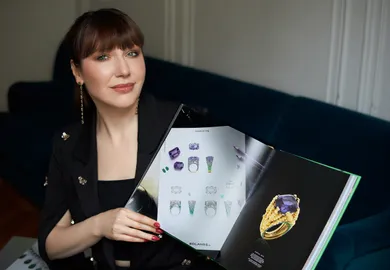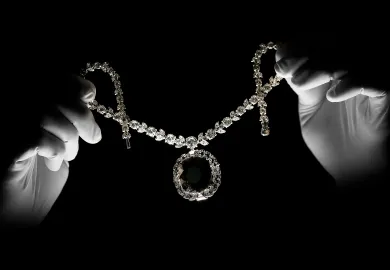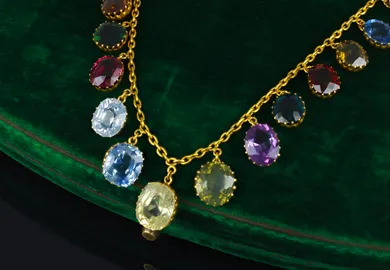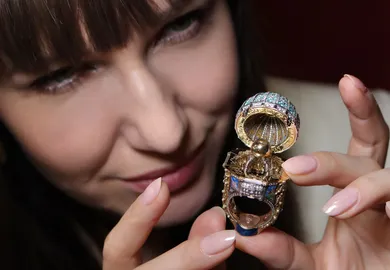
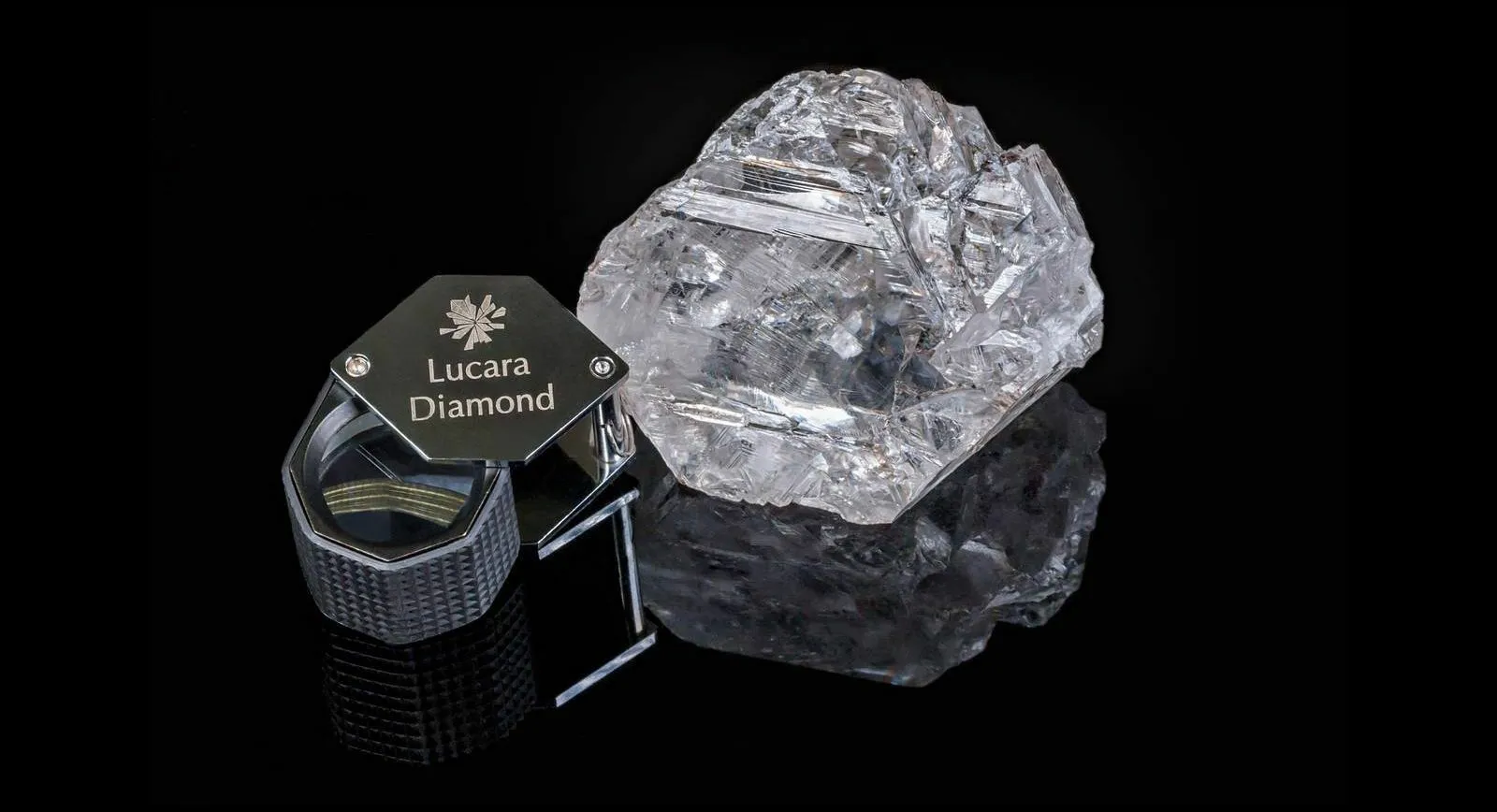
Karat Or Carat: What’s The Difference?
Pronounced the same way but written differently, the words carat and karat can confusion not just for buyers, but for people working in jewellery shops and PR companies. Let us have a look at what differentiates these two homonyms and where the two words originated.
The Carob Tree (Latin name Ceratōnia silīqua – from the Greek work keras, meaning ‘horn’ and the Latinseliqua, meaning ‘pod’ or ‘carob’) is an evergreen tree between 6 and 12 metres tall with a broad crown of carob seed pods, widely known and cultivated for many centuries in the Mediterranean. There is probably no other tree so deeply rooted in the jewellery industry as this one.
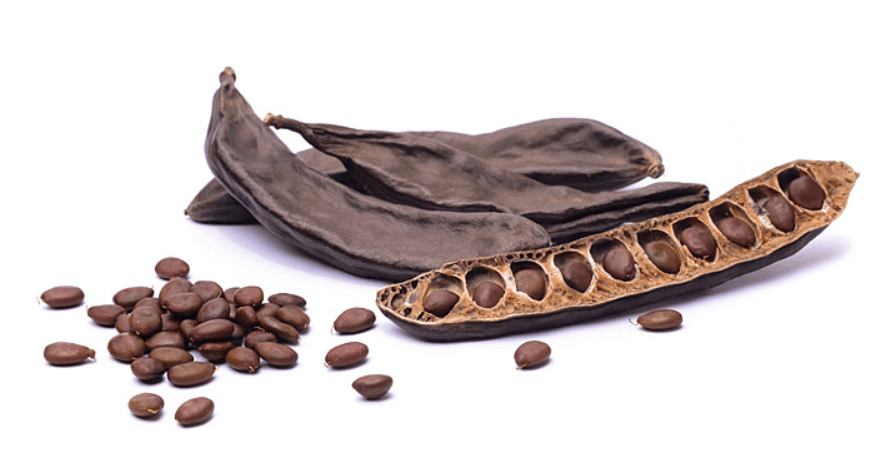
Carob pods and seeds
Its pods are 10 to 25cm long, with a width of between 2 and 4cm, containing seeds and sweet sap. In ancient times people noticed that regardless of where the tree grew, its size, the size of its pods, or any other factors, the weight of the seed carobs was always the same: 0.189 grams. In Ancient Rome this measure of weight was dubbed a siliqua from the Latin part of the tree’s name. It was later standardised to 0.2g, whereupon it spread and achieved universal recognition as acarat, from the word Ceratonia. A ‘carat’, therefore, is a unit of weight and notsize.
The weight of precious stones and pearls is measured in carats, written with the contraction ‘ct’. The common misconception is that carat refers to the size of the stone – this is not the case. All you need to do to clear this up is compare a one carat emerald with a one carat ruby: even if they have the same smoothness and the same mass of 0.2g, they will have a different volume. Only in circumstances where precious stones have the same density can the carat also determine a specific size. For example, there is a table which shows the proportional relationship between the size and weight of diamonds. This table, needless to say, applies to diamonds only and is not applicable to stones of different density.
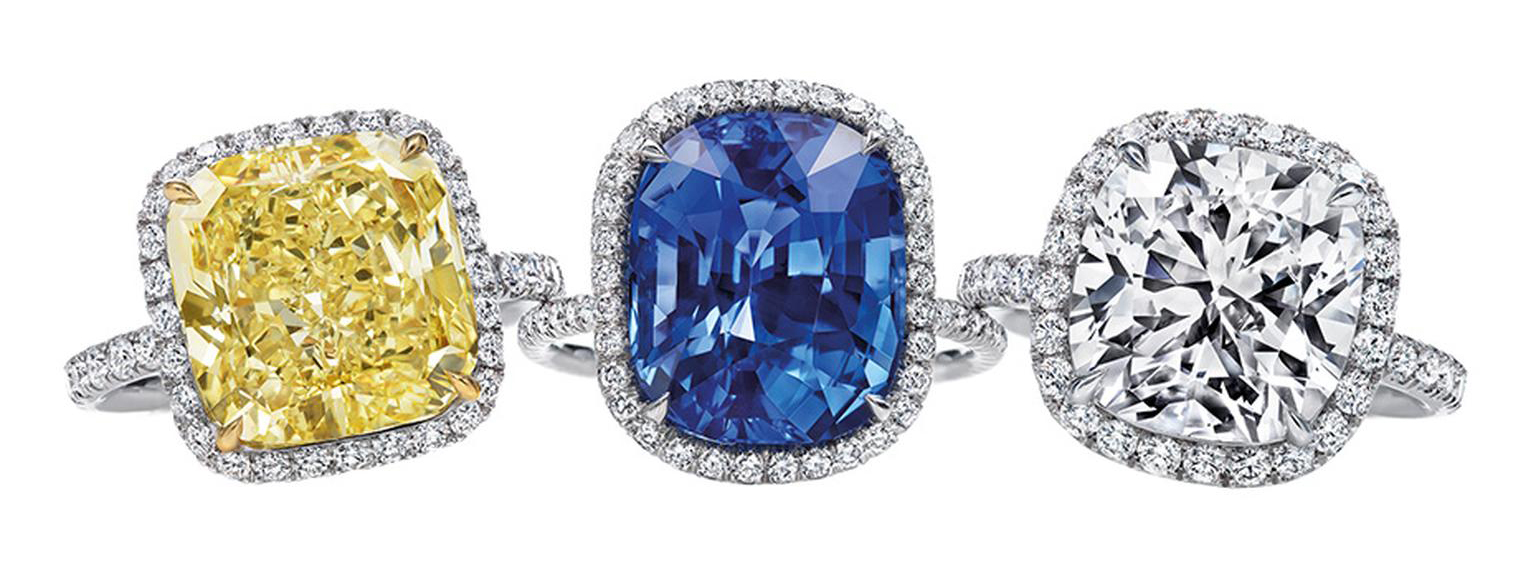
Harry Winston rings
Karat, spelled with a ‘k’, is the European American measure used for the hallmark, in other words the fineness, of gold. The hallmark in karats means the number of parts pure gold out in a 24-part alloy. ’24-karat’ gold is pure gold and corresponds to a hallmark of 999 in the Russian system. A hallmark of ’14-karat’ means that it is a 24- part alloy: 14 parts pure gold to 10 parts other metal. If you divide 14 by 24, you get 0.583, which gives you a hallmark of 585 in the Russian system. There are only five different purities in the karat system: 9, 10, 14, 18 and 24-karat.
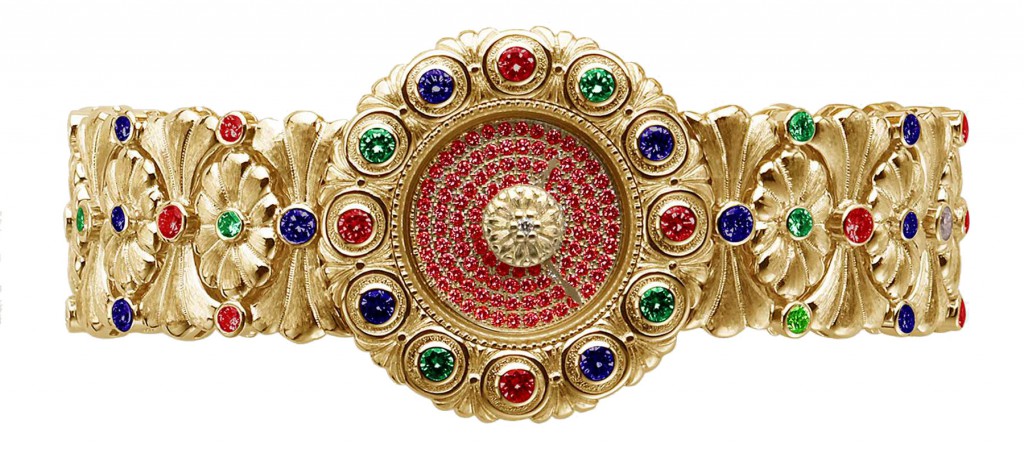
Buccellati watch in yellow gold with rubies, tzavorites and sapphires
With any luck you will find this article useful when it comes to telling the difference between these two jewellery homophones.

WORDS
Katerina Perez is a jewellery insider, journalist and brand consultant with more than 15 years’ experience in the jewellery sector. Paris-based, Katerina has worked as a freelance journalist and content editor since 2011, writing articles for international publications. To share her jewellery knowledge and expertise, Katerina founded this website and launched her @katerina_perez Instagram in 2013.

Karat Or Carat: What’s The Difference?
Pronounced the same way but written differently, the words carat and karat can confusion not just for buyers, but for people working in jewellery shops and PR companies. Let us have a look at what differentiates these two homonyms and where the two words originated.
The Carob Tree (Latin name Ceratōnia silīqua – from the Greek work keras, meaning ‘horn’ and the Latinseliqua, meaning ‘pod’ or ‘carob’) is an evergreen tree between 6 and 12 metres tall with a broad crown of carob seed pods, widely known and cultivated for many centuries in the Mediterranean. There is probably no other tree so deeply rooted in the jewellery industry as this one.

Carob pods and seeds
Its pods are 10 to 25cm long, with a width of between 2 and 4cm, containing seeds and sweet sap. In ancient times people noticed that regardless of where the tree grew, its size, the size of its pods, or any other factors, the weight of the seed carobs was always the same: 0.189 grams. In Ancient Rome this measure of weight was dubbed a siliqua from the Latin part of the tree’s name. It was later standardised to 0.2g, whereupon it spread and achieved universal recognition as acarat, from the word Ceratonia. A ‘carat’, therefore, is a unit of weight and notsize.
The weight of precious stones and pearls is measured in carats, written with the contraction ‘ct’. The common misconception is that carat refers to the size of the stone – this is not the case. All you need to do to clear this up is compare a one carat emerald with a one carat ruby: even if they have the same smoothness and the same mass of 0.2g, they will have a different volume. Only in circumstances where precious stones have the same density can the carat also determine a specific size. For example, there is a table which shows the proportional relationship between the size and weight of diamonds. This table, needless to say, applies to diamonds only and is not applicable to stones of different density.

Harry Winston rings
Karat, spelled with a ‘k’, is the European American measure used for the hallmark, in other words the fineness, of gold. The hallmark in karats means the number of parts pure gold out in a 24-part alloy. ’24-karat’ gold is pure gold and corresponds to a hallmark of 999 in the Russian system. A hallmark of ’14-karat’ means that it is a 24- part alloy: 14 parts pure gold to 10 parts other metal. If you divide 14 by 24, you get 0.583, which gives you a hallmark of 585 in the Russian system. There are only five different purities in the karat system: 9, 10, 14, 18 and 24-karat.

Buccellati watch in yellow gold with rubies, tzavorites and sapphires
With any luck you will find this article useful when it comes to telling the difference between these two jewellery homophones.

WORDS
Katerina Perez is a jewellery insider, journalist and brand consultant with more than 15 years’ experience in the jewellery sector. Paris-based, Katerina has worked as a freelance journalist and content editor since 2011, writing articles for international publications. To share her jewellery knowledge and expertise, Katerina founded this website and launched her @katerina_perez Instagram in 2013.

